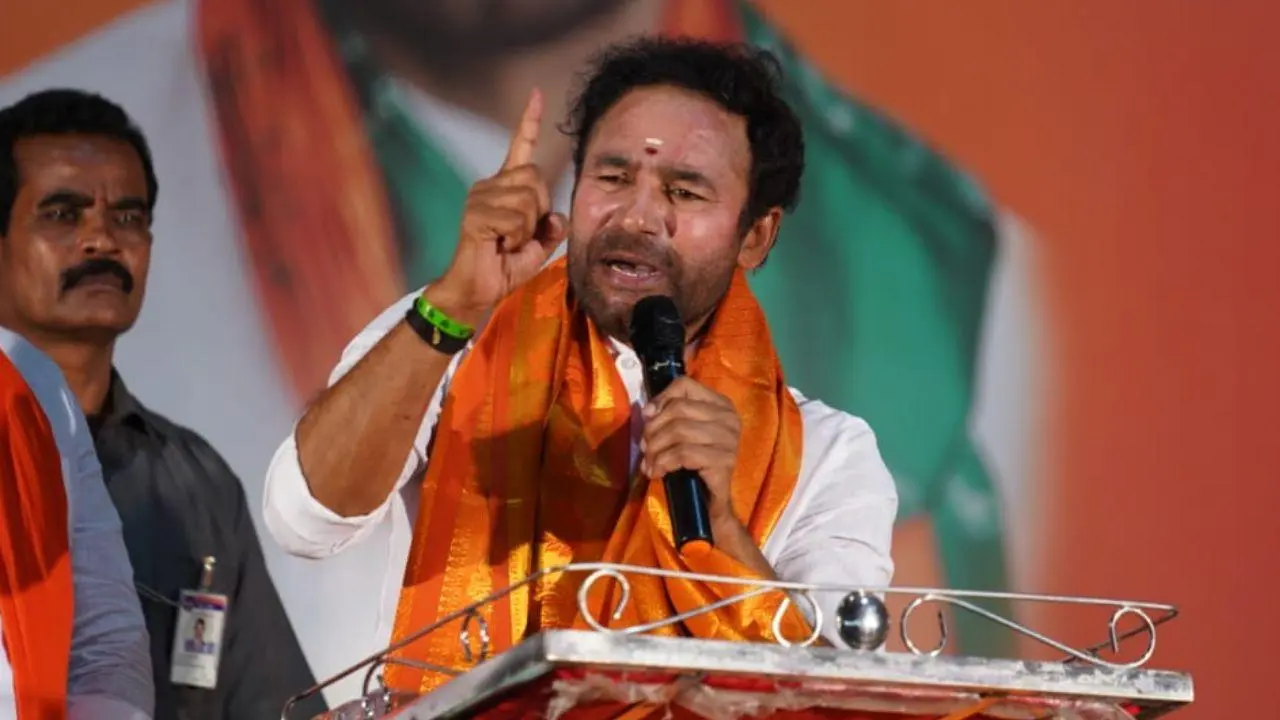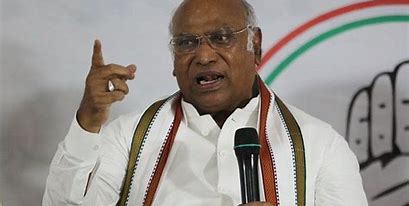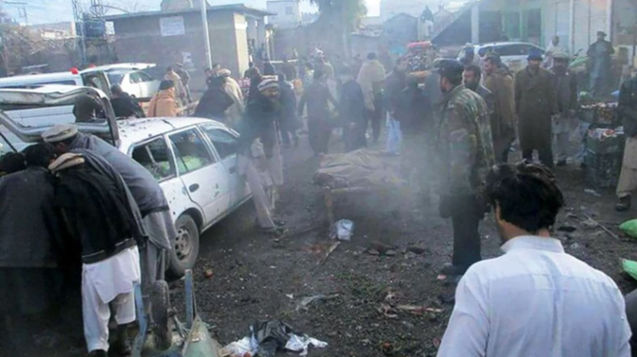Union Minister for Coal and Mines and BJP’s Jammu and Kashmir in-charge, G Kishan Reddy criticised Congress leader Rahul Gandhi accusing him of having no knowledge of the power situation in Jammu & Kashmir while labelling him as a “political tourist” who misleads the public with baseless accusations during elections.
The remarks came in response to Gandhi’s claim that Jammu & Kashmir supplies electricity to the rest of India while its residents pay higher electricity bills.
Terming Gandhi’s statement as false, Reddy claimed that it also ignored the efforts made by Prime Minister Narendra Modi in addressing the region’s energy challenges.
“Jammu & Kashmir has an immense hydropower potential of 18,000 megawatts, this capacity was grossly underutilized under previous Congress-led governments. Over the past 70 years, only 3,400 megawatts have been tapped, with the state itself contributing a mere 1,197 megawatts since independence. In contrast, the Modi administration has set a goal to add 3,014 megawatts of hydropower capacity by 2025-26. This will be achieved through four major hydroelectric projects currently under construction—Pakal Dul (1,000 MW, costing Rs8,112 crore), Ratle (850 MW, Rs5,282 crore), Kiru (624 MW, Rs4,287 crore), and Kwar (540 MW, Rs4,526 crore). These projects are expected to be completed between March and November 2026, collectively generating an estimated 10,614 million units of electricity annually,” he told the Daily Guardian.
The union territory will witness a three phase assembly election, which is happening after ten years, that starts next week.
Reddy claimed that there has been a drastic reduction in Jammu & Kashmir’s power deficit under the Modi government. The deficit, which stood at 17.8% in 2018-19, has fallen to 7.5% in the fiscal year 2023-24. According to him, the Jammu & Kashmir government spent approximately ₹9,500 crore on power purchases during the 2023-24 fiscal year, through the Jammu & Kashmir Power Corporation Limited (JKPCL). This significant expenditure has helped meet the energy demands of the region’s consumers, commercial entities, and industries.
Pointing towards the infrastructure improvements made to the state’s power transmission system, Reddy said that between 2019 and 2024, the government has increased transmission capacity by 4,520 MVA through the construction and enhancement of 38 grid substations. A further investment of Rs 4,950 crore is planned for the next three years to continue upgrading the transmission network, ensuring a more stable and efficient supply of electricity.







